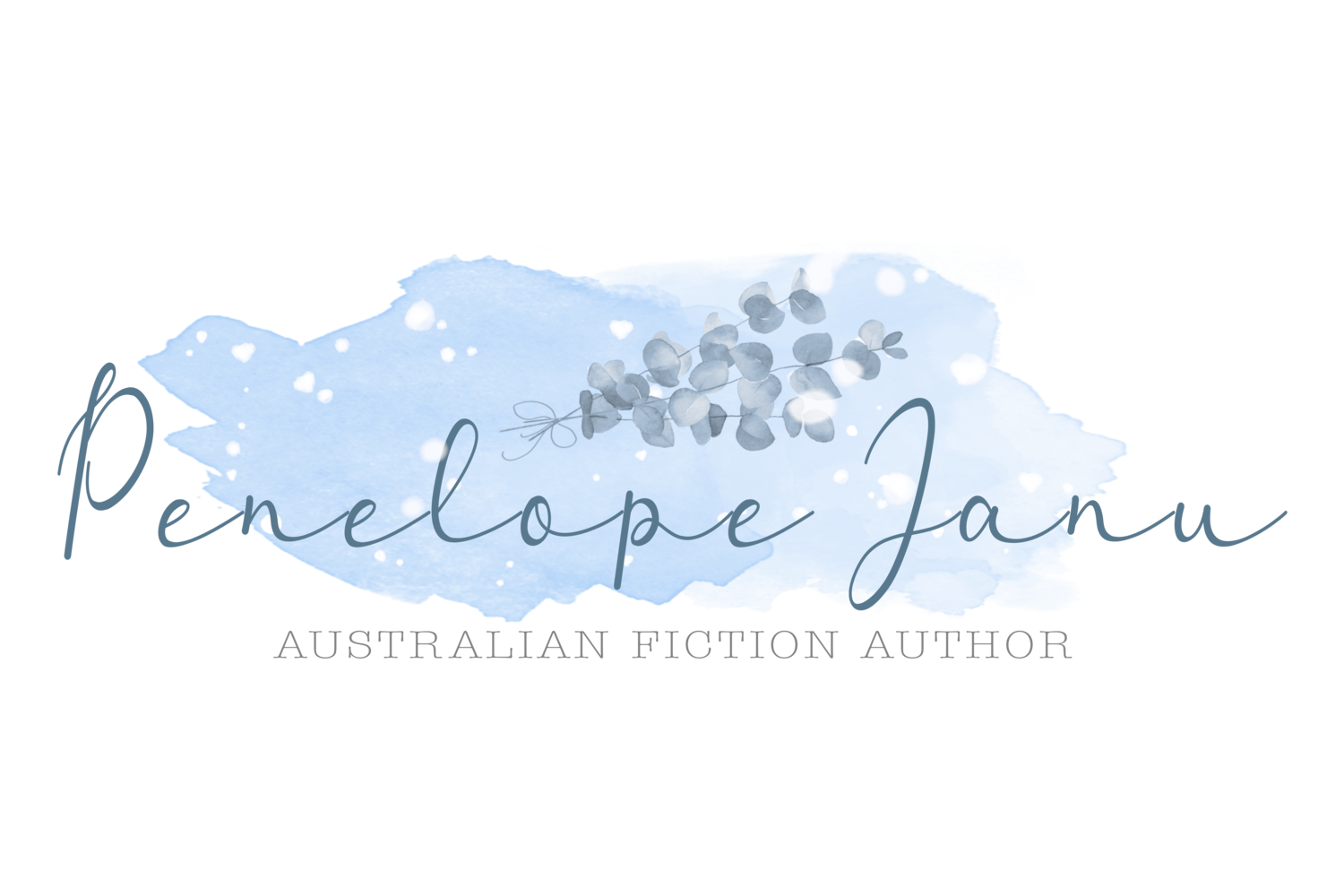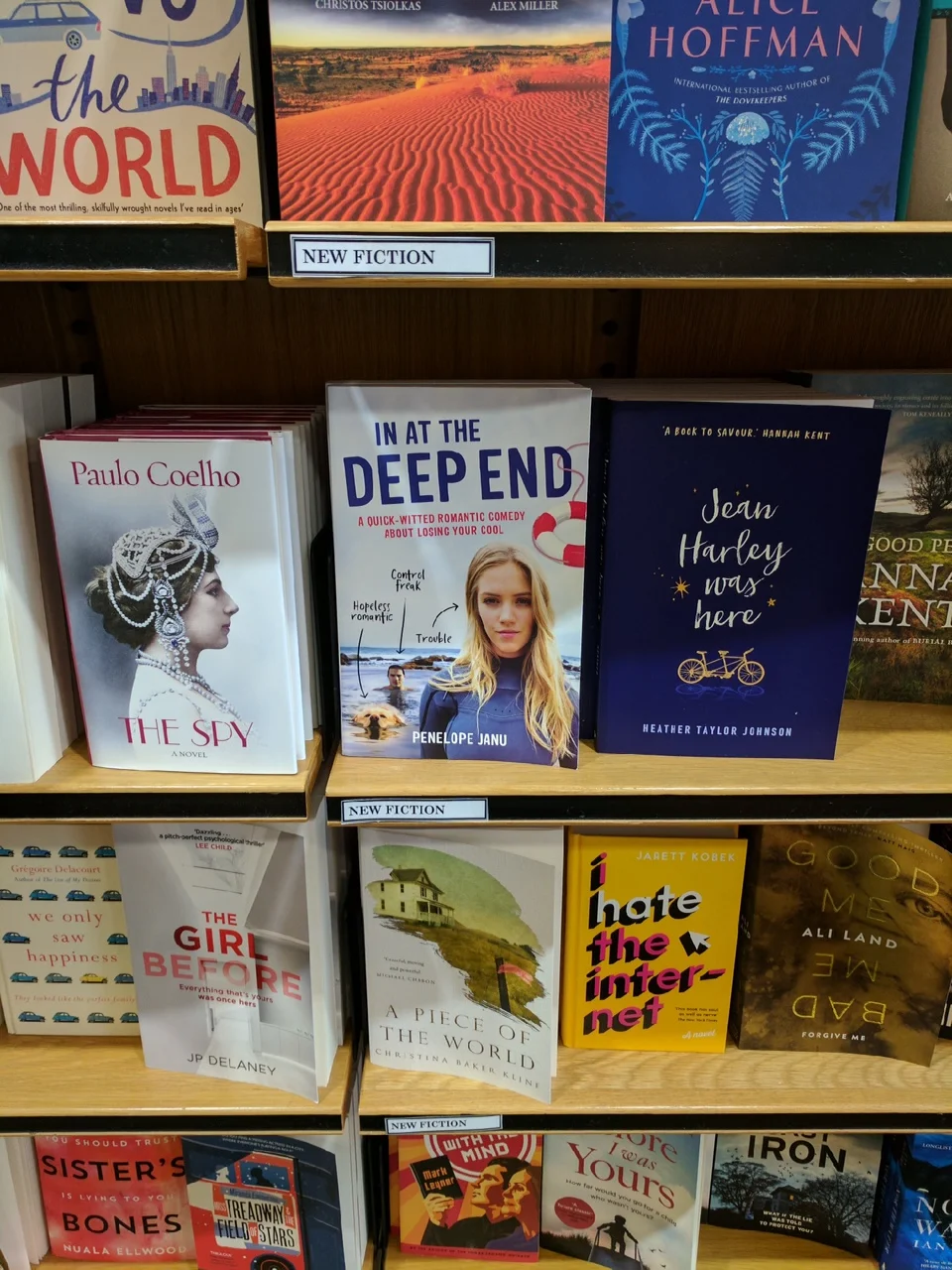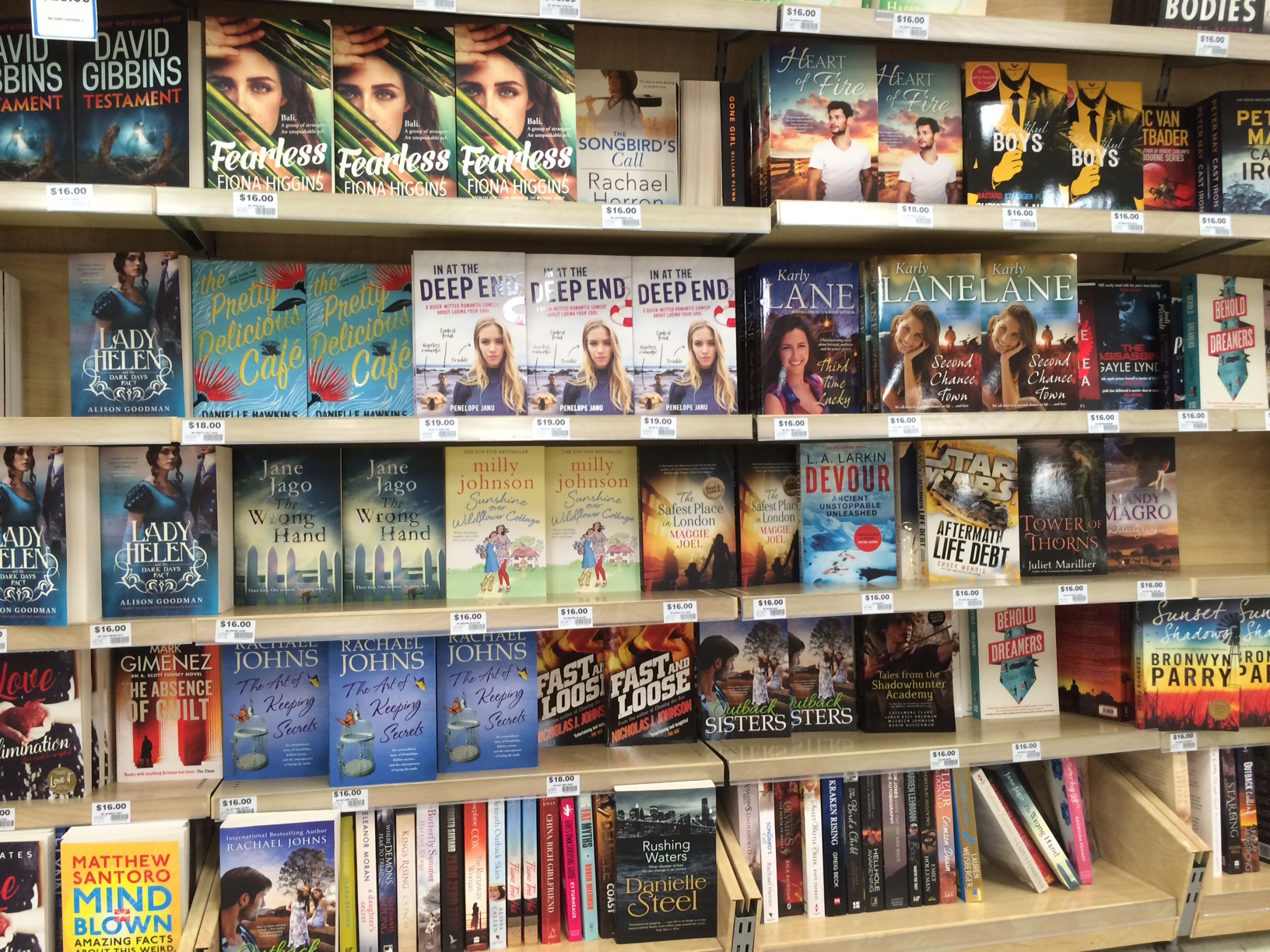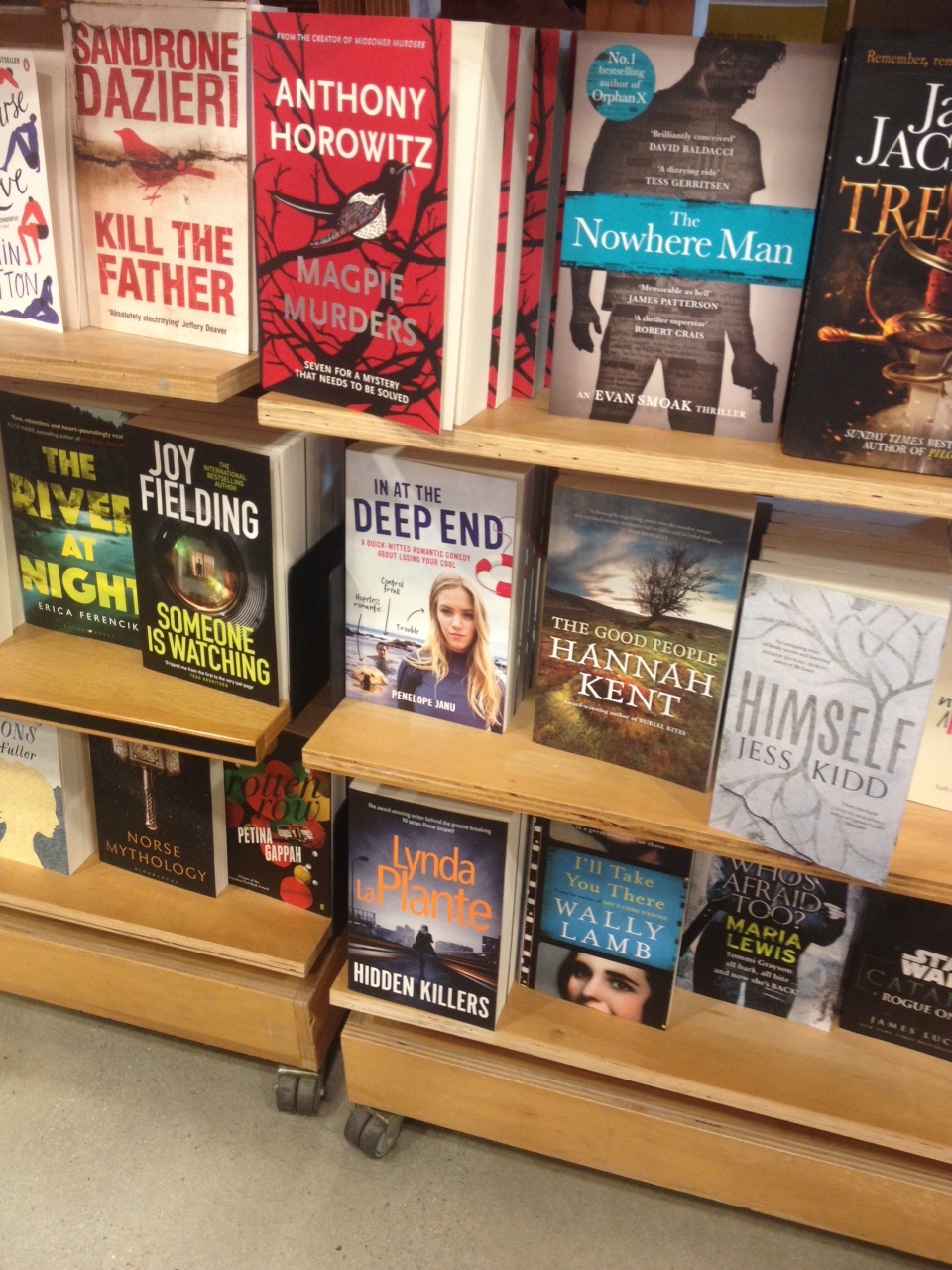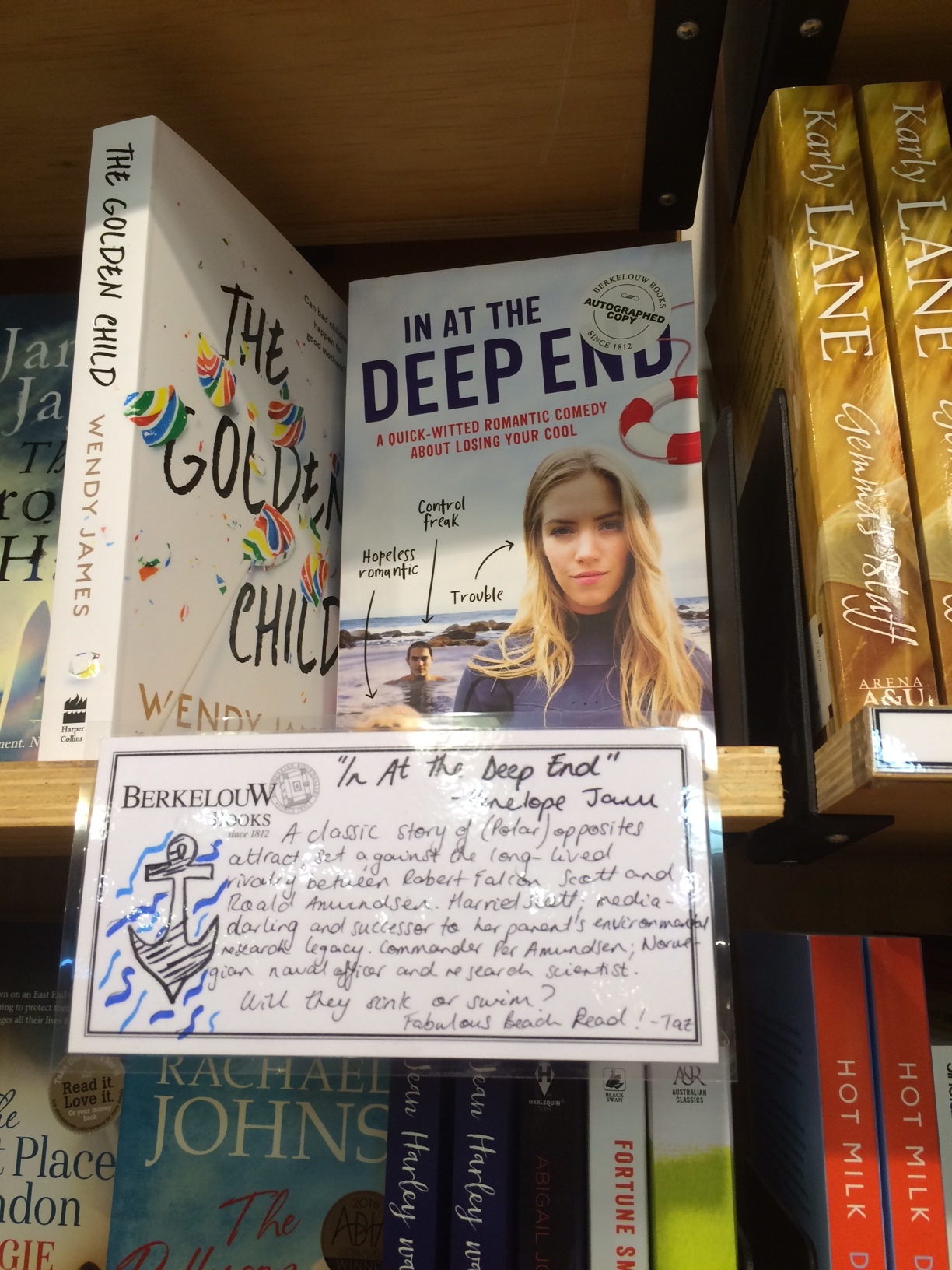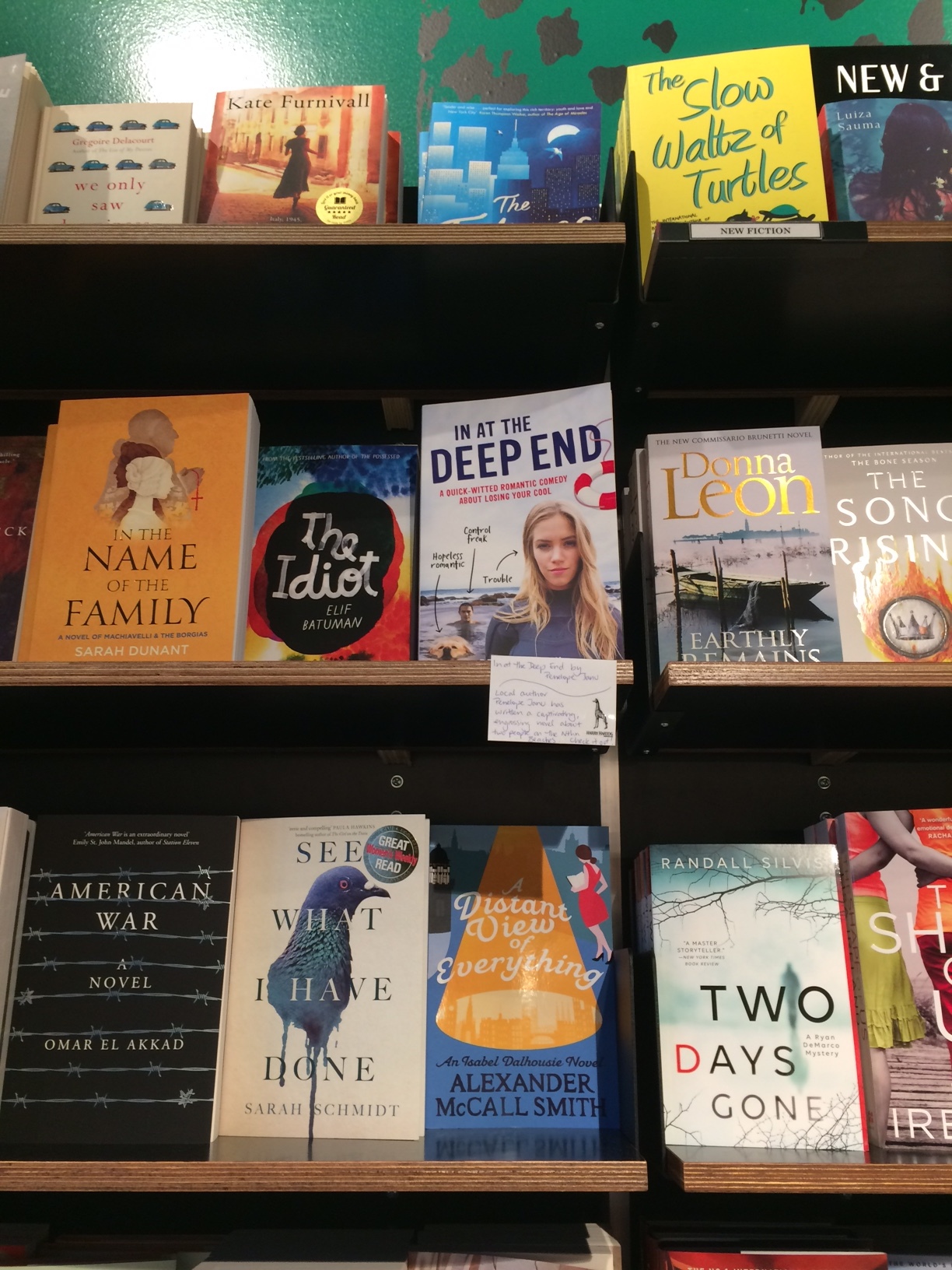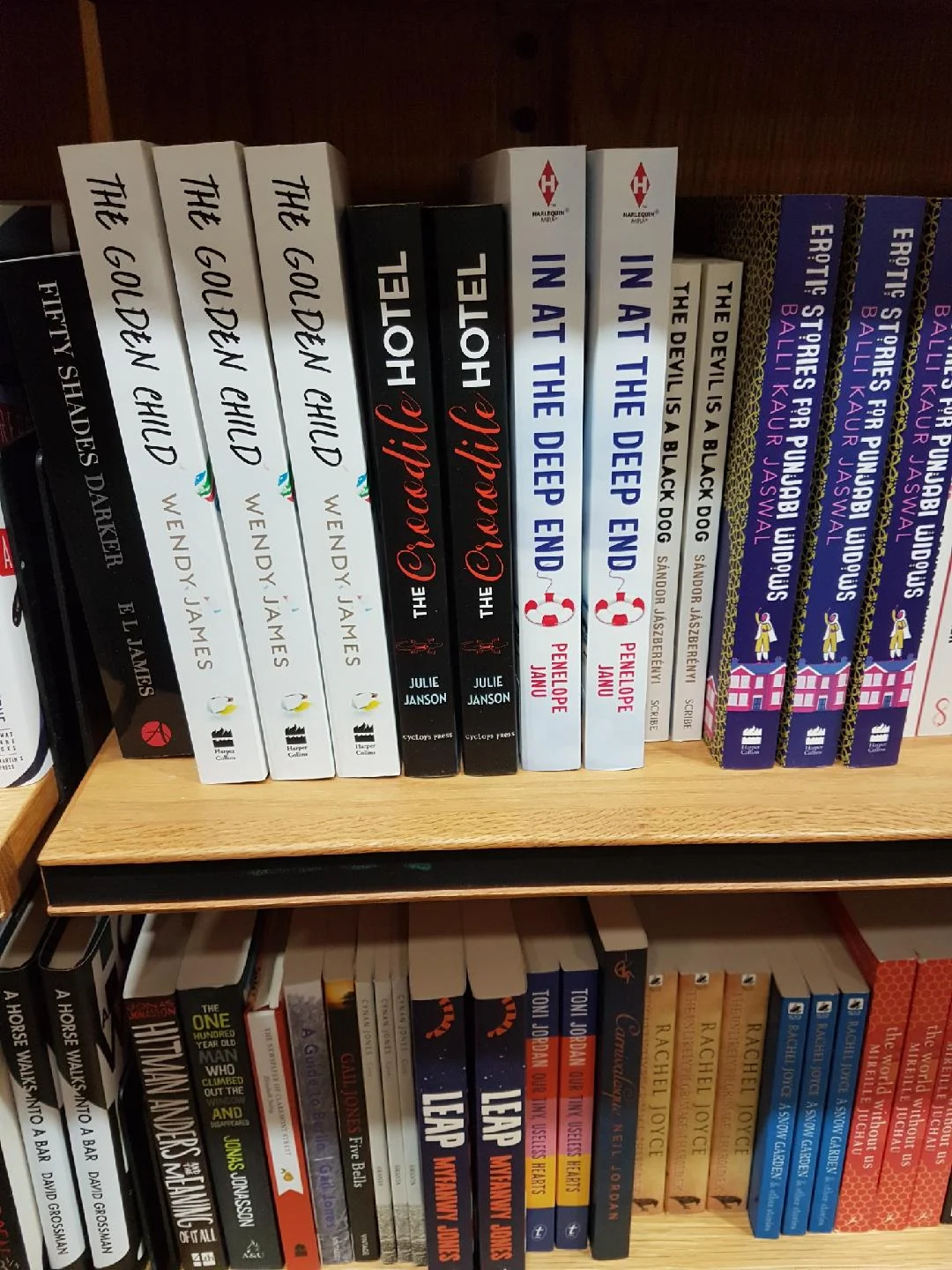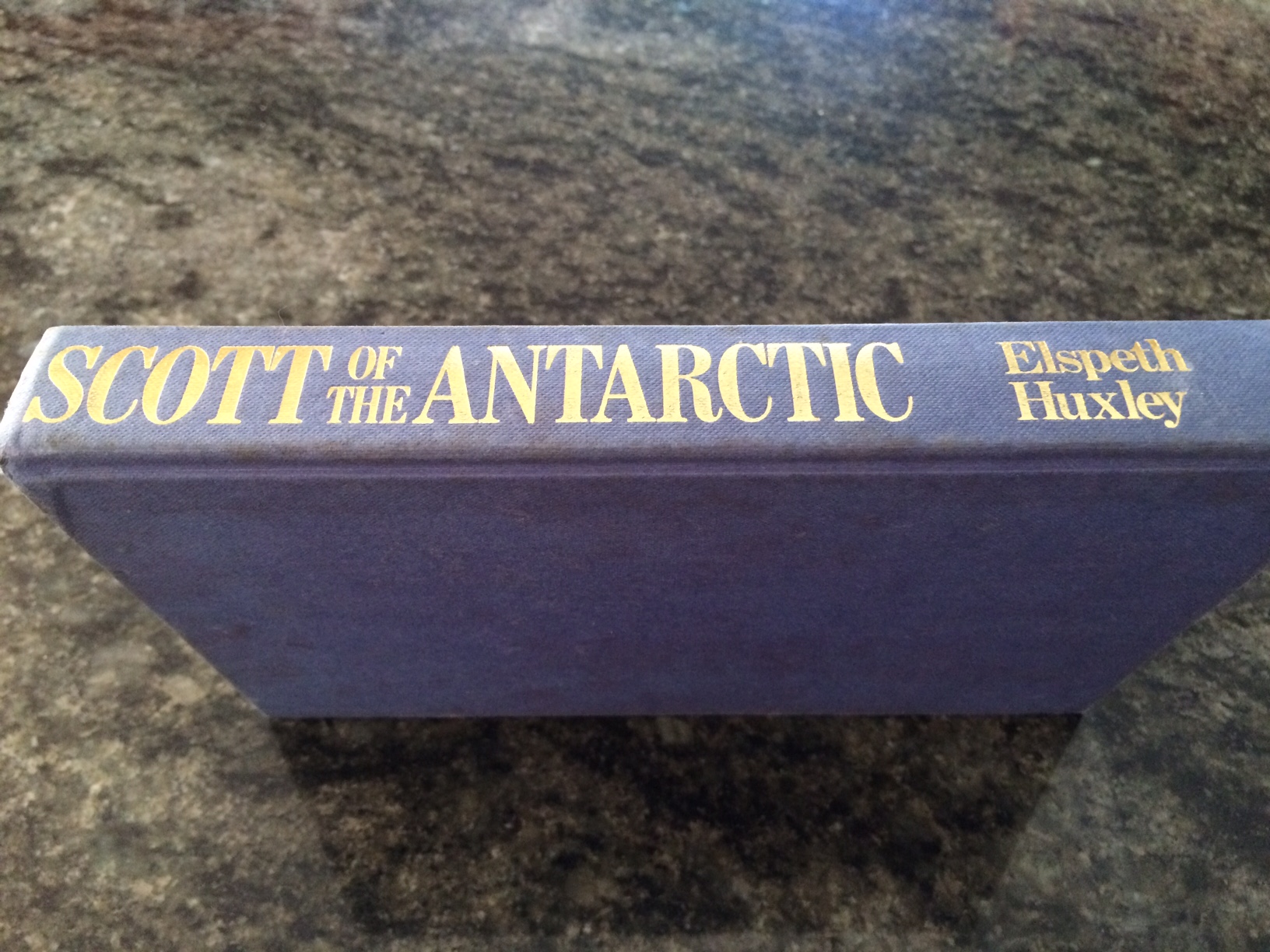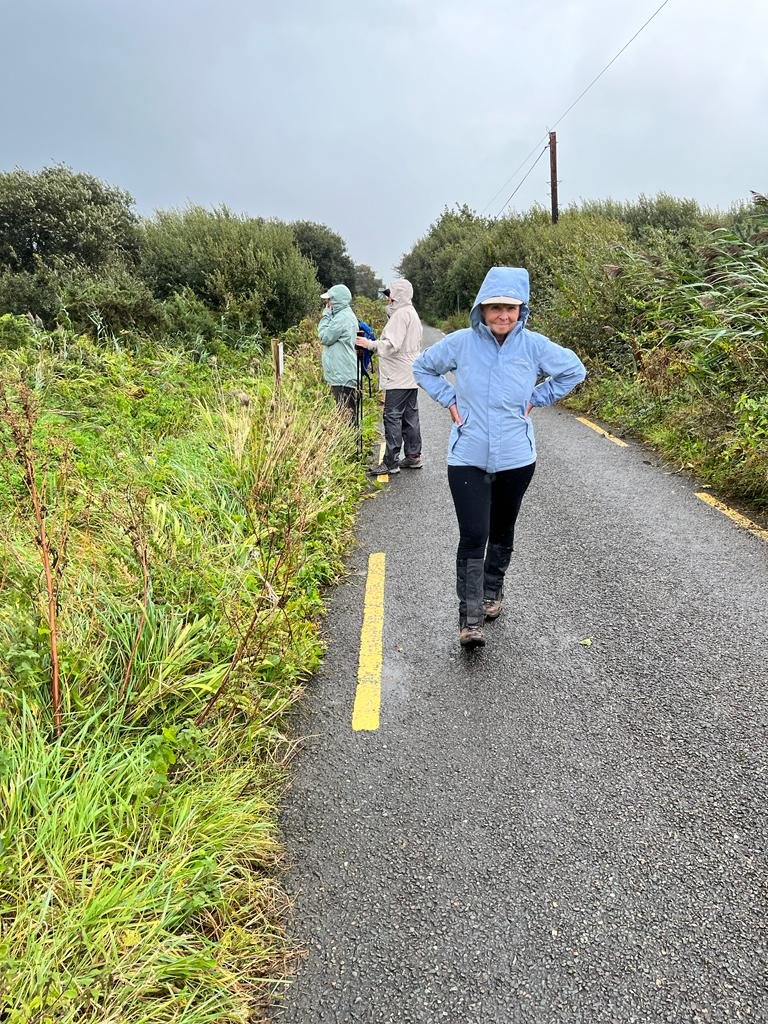Legal Beagle: Marriage
/This month, a few facts on marriage ...
Gretna Green, Las Vegas or Brisbane? I happily re-read two great novels and watched a reality dating show before writing this column. The topic? Marriage!
Who wouldn't want to marry Mr Darcy?
Gretna Green is a location just north of the Scottish border and has been, since the mid 1700s, a popular marriage destination. In Lisa Kleypas’s Devil in Winter (Wallflowers # 3), Sebastian, Lord St. Vincent, marries Evie Jenner at Gretna Green. Why Gretna? Evie was under 21 (a minor). Under English law she needed the consent of a parent or guardian to marry. This wasn’t a requirement under Scottish law (where a marriage could take place by declaration before two witnesses). In Devil in Winter it was Evie who proposed marriage to Sebastian. She said:
‘I need a h-husband. You need a rich wife. And we are both equally desperate, which leads me to believe that you will agree to my pr-proposition. If so, then I should like to leave for Gretna Green tonight.’
This novel (one of my all time favourites) can be summarised in one word … swoon.
My second example is a contemporary one, from Kylie Scott’s novel Lick (Stage Dive #1). Evelyn wakes up with David in Las Vegas. She’s wearing a diamond ring, but has no recollection of getting married the night before. David starts the conversation:
‘Let me get this straight, you don’t remember anything?’
‘No,’ I said, swallowing hard. ‘What did we do last night?’
To comply with the State law of Nevada, the prospective bride and groom go to a Marriage License Bureau with relevant identifying documents—such as a driver’s license or passport. Both parties have to be unrelated, unmarried and at least 18 years old. There are few legal requirements, but in order to consent the parties should be aware they got married!
In Australia, the law on marriage is consistent because Commonwealth law, rather than State and Territory law, governs it. In fact, marriage is specifically provided for in section 51(xxi) of the Commonwealth Constitution 1900 (see http://www.aph.gov.au/About_Parliament/Senate/Powers_practice_n_procedures/Constitution.aspx)
In the reality television series Married at First Sight, the couples can’t meet (and marry!) immediately, because the Marriage Act, 1961 (see http://www.austlii.edu.au/au/legis/cth/consol_act/ma196185/) prohibits this. Under the Act, it is a legal requirement that the bride and groom complete a Notice of Intended Marriage at least 30 days prior to getting married. A celebrant or other authorised person will lodge this document with the Registry of Births, Deaths and Marriages following the marriage ceremony. On Married at First Sight, participants fill out the Notice, but the 30-day period hasn’t elapsed when the ‘wedding’ takes place. If the couples wish to marry for real, they can do so 30 days after completing the Notice.
In Australia, marriage requires consent. Legally, consent gained by force or intimidation is not ‘consent.’ The age of consent for marriage is 18 unless, with parental approval, a court specifically allows it.
If you are writing about a marriage (or contemplating one!) I hope this helps your characters with their wedding plans!
